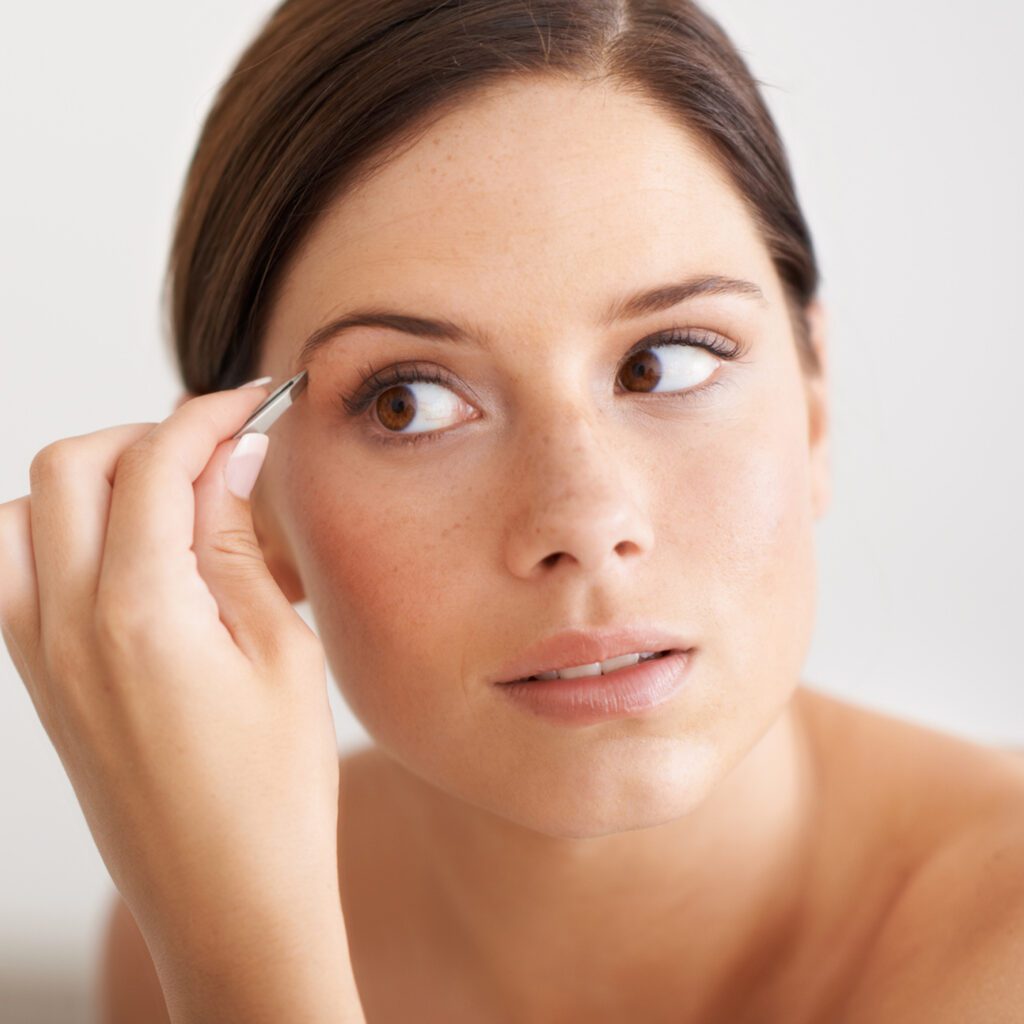6 Techniques for Hair Removal
It’s time to pull out the shorts and swimsuits, and you know what that means! Hair removal is taking center stage. Since as early as ancient Greece, women have been looking out for the best ways to remove hair. Here’s the skinny on six of the most common techniques out there today.
Shaving (Lasts 1-2 Days)
A razor blade cuts the hair ultra-close to the skin’s surface, leaving the follicle intact.
- Best For: legs, underarms, occasionally facial hair
- Upsides: fast, cheap, easy to do yourself
- Downsides: Hair will grow back fast and have a stubby feel in the re-growth phase. There’s also a risk for nicks and skin irritation/razor burn.
Depilatories (Lasts 3 Days-2 Weeks)
Over-the-counter hair removal lotions and creams with chemical properties (ex. Nair) cause the structure of the hair strand to dissolve. A washcloth is used to wipe the hair off the skin.

- Best For: legs, arms; not recommended for eyebrows, genital area, or other sensitive areas
- Upsides: inexpensive ($5-$10 per bottle), fast-acting (takes about 4 minutes), leaves a rounded, smoother edge to the hair
- Downsides: occasionally odorous; can cause allergic reactions or chemical burns if left on too long
Waxing (Lasts 4–6 Weeks)
A layer of wax is applied to the skin topped with strips of cloth. Once the wax has dried, it’s pulled off quickly and the hair is pulled out at the root.
- Best For: legs, bikini area, underarms, eyebrows, and upper lip
- Downsides: can cause irritation/inflammation; can burn the skin if the wax is too hot; not good for people on Accutane or other acne medications; if not done in hygienic conditions, can lead to infection (rare)
Tweezing (Lasts 6–8 Weeks)
Hair is pulled out at the root, or plucked, with a pair of tweezers. The follicle is left intact.
- Best For: smaller hair bearing areas, i.e. eyebrows, upper lip, chin
- Upsides: safe, inexpensive, great if you just want a few stray hairs removed; hair will grow back with a tapered end, meaning it will be softer and less noticeable.
- Downsides: Tweezing can be somewhat painful and time-consuming.
Laser Treatments (Lasts Years)
Heat from a laser beam or light pulse damages the hair follicle, inhibiting its ability to grow hair. The treatment uses melanin, the pigment that gives hair its color, to guide the laser to each hair follicle.
- Best For: any area with dark body hair; most commonly used for legs, face, armpits, and bikini line
- Upsides: it’s semi-permanent; new machines use a cooling spray that numbs the area
- Downsides: Laser hair removal can be expensive, and it generally requires 4 to 6 treatments spaced 4 to 6 weeks apart. It also requires a licensed professional and is not as effective on people with dark skin or light hair. Some may experience irritation or blistering, or darkening or lightening of skin.
Electrolysis (Permanent)
The only “permanent” form of hair removal, electrolysis is when a professional uses a needle-like probe to transmit a mild electrical pulse into the hair follicle, destroying its ability to grow hair.
- Best For: any part of the body
- Upsides: It’s permanent!
- Downsides: Electrolysis is fairly expensive and time-consuming. It usually requires multiple treatments: for example, the upper lip would usually requires at least eight 15-minute sessions. It can also be painful or uncomfortable, and requires a highly trained professional to avoid scarring.
Expert Advice on Waxing
Q: Are there any ways to make waxing less painful?
A. Our job is to make it as painless as possible for you but avoiding caffeine before your appointment can help. Some people take Ibuprofen an hour before their service to minimize discomfort.
Q. What should I do to prepare?
A. Give yourself an exfoliation in the area before. This will ensure the best possible wax. Avoid sunless tanners or moisturizers. If you are getting a Brazilian or bikini wax, wear loose-fitting clothing.
Page Lee
Waxing Specialist, Natural Body Downtown

